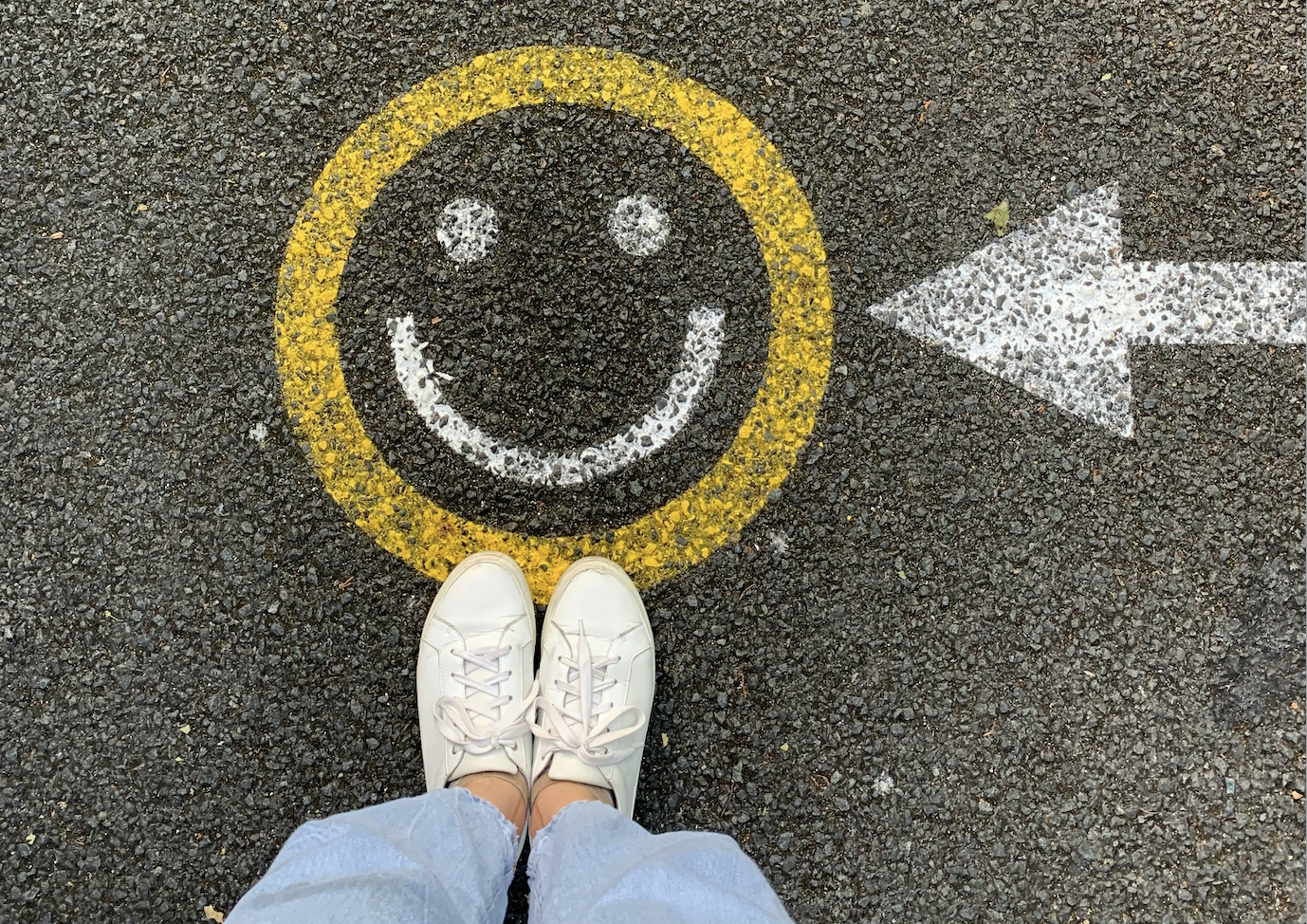When I was young, I was living on the streets of Los Angeles at the height of the HIV/AIDS epidemic of the 1980s and early ‘90s. I injected meth a lot. Needles were expensive and hard to come by, so people often reused and shared them. The recommendation to avoid AIDS, as we called it then, was to bleach your rig before using with other people.
A great recommendation, but it was hard. It took a long time, sometimes ruined your plunger and required me to carry a bunch of other stuff to do it.
In 1992, after I’d tested positive for HIV, a program in Olympia, Washington, helped me do more to prevent HIV transmission to others. It gave me access to sterile equipment.
Bleaching was difficult. Just using a new rig, on the other hand, was not only a more failsafe method—it was easy.
I began to use new rigs for myself and carry them for everyone else, too. It was easy to do this. We all preferred using new rigs. No extra paraphernalia, and it didn’t get in the way of using. This choice was made easy for me, and I helped make it easy for others.
Harm reduction is most effective when adoption of a resource or practice is easy, convenient and even enjoyable.
Harm reduction needs to meet people “where they’re at.” It needs to give people the things they need to take control of their health and wellbeing and reduce risks in their life. And it does this most effectively when adoption of a resource or practice is easy, convenient and even enjoyable—and at the very least, not unpleasant and hostile.
That’s why overdose prevention centers, for instance, emphasize being welcoming spaces. Places where you can not only use a drug safely, pick up necessary supplies or obtain valuable referrals, but also stop for a chat, share a meal, create art or otherwise build community.
Similarly, at syringe service programs every effort is taken to make the environment comfortable. Pop-up SSP are located as much as possible in safe places where patrons will feel at ease, not surveilled, in areas they already frequent. At brick-and-mortar SSP the decor, the whole setting and the ethos are ideally designed to help people feel welcome, safe and good about the choices they are making.
This “pleasure” principle extends to all harm reduction—tobacco harm reduction included.
There’s substantial evidence that vapes, pouches and other safer nicotine products are effective in helping people who want to quit smoking. Two big factors in why they work are that they are easy to use and enjoyable.
If a fruity-flavored vape gives people pleasure, meaning they’d never want to return to smoking, why wouldn’t we prioritize making the preferred option available?
A large majority of adults who quit smoking with vapes prefer flavors other than tobacco—mostly fruity ones. People like sweet, fruity flavors in lots of contexts. But many who formerly smoked also say they don’t want to be constantly reminded of combustible tobacco when they vape.
Disposable vapes, meanwhile, are often demonized but represent the most low-barrier vaping option. You just pick them up and inhale, and this ease of use can be critical for someone who smokes, has never tried vaping and has no idea what a mod is.
If a harm reduction resource is both much safer than the alternative and more satisfying, pleasant or convenient to use, that’s ideal. If a fruity-flavored vape gives people pleasure, meaning they would never want to return to smoking—while for some, a tobacco-flavored vape isn’t more enjoyable than a cigarette—why wouldn’t we prioritize making the preferred option available? More lives can be saved that way.
Youth use, and the notion that flavors entice youth, is always the reason given for restrictions and bans, of course. It’s cited in a current effort to ban flavored nicotine products where I live, in Washington State.
But unlike the cigarettes they can replace—for all ages—vapes and pouches aren’t killing people. It’s curious how with certain risky products that come in a wide range of flavors—alcohol, sugary drinks—lawmakers in contrast see age restrictions or parental discretion as adequate, mostly taking the view that outright bans would be draconian.
People lose their ability to think rationally when it comes to children.
The youth thing reminds me of the 1990s, when there was a big push to get condoms in schools. Teachers brought people in to talk to classes, and I did that work for a while. The goal was to teach about risks from sex, and about proper condom use to help prevent HIV transmissions and pregnancy.
Many people back then objected, arguing that this was a sort of tacit encouragement for underage people to go have sex. The point, of course, was that many were having sex already, or soon would, and they deserved to know how to protect themselves.
Some kids will use nicotine. If we accept that reality, we should surely teach that while you don’t have to use it, if you do, some options are much safer than others. But people lose their ability to think rationally when it comes to children.
Again, supporting safer choices that people are making is important. When people don’t feel good about what they’re doing, they generally go back to what they know, even if they don’t feel good about that.
Sometimes people just need a bit of help in managing their lives. For years, everyone told me I needed to do fewer drugs. Sometimes I would. Tapering the amount of meth I used. Saving money, restoring balance in my life. Sometimes I would swap one substance for another. I would always rely on cannabis to help manage my other substances.
I was able to make adjustments because I enjoyed what I was doing. Because I felt good about my choices. Ultimately, when I was ready, I quit drugs.
It was hard. But It was also notable that sometimes something as simple as how I used a substance helped. Stopping injecting and maybe parachuting or snorting for a while could have a huge effect on how much I used.
The through-line here is that all of these management tools were things I liked. They still gave me the pleasure I needed. I was able to make adjustments because I enjoyed what I was doing. Because I felt good about the choices I was making. Ultimately, when I was ready, I quit using drugs.
In Sweden, where uptake of snus, a safer, non-combustible tobacco product, has led the country to the brink of “smoke-free” status, snus is sold in appetizing flavors at outlets that resemble chocolate shops.
If we offer people vapes—but only some vapes that many find less palatable or convenient, with a message that these shouldn’t be used for pleasure—that sabotages harm reduction potential.
Consider how we offer another resource to reduce drug-related harms in the United States. Methadone is available, but only in cold, carceral clinics where surveillance and punishment are the norms. This self-defeating setup dampens access to a lifesaving drug. It leads some people who use opioids to conclude, understandably, that they’d rather take their chances with the high-risk street supply.
In the effort to reduce smoking-related disease and death, which way will we go?
Photograph (cropped) by Jacqueline Munguía via Unsplash




